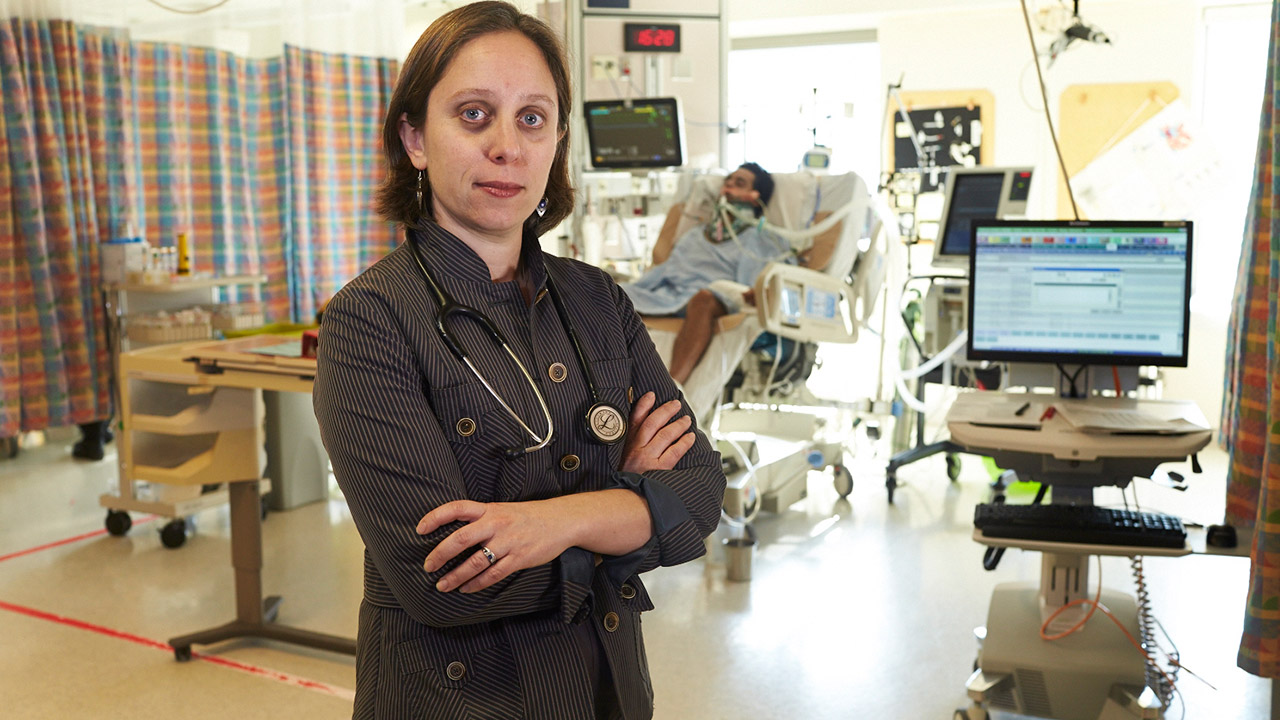North American surgical patients seven times more likely to fill their opioid prescriptions than those in Sweden: study
Dr. Hannah Wunsch, a senior scientist in Evaluative Clinical Sciences at Sunnybrook Research Institute, led a study showing that the rate of opioid prescriptions filled after a low-risk operation is seven times higher in the U.S. and Canada compared to that of Sweden.
The researchers looked at differences in the frequency, amount and type of opioids dispensed after surgery for gallbladder removal, appendix removal, meniscus repair in the knee and breast lump excision. The study is the first of its kind and included nearly 130,000 people in the U.S., 85,000 in Canada and 9,800 in Sweden.
The proportion of people in Sweden who filled an opioid prescription within one week of discharge for any procedure was 11%. In contrast, the proportion of American surgical patients who filled an opioid prescription after a procedure was 76%; in Canada, it was 79%. The research was published in JAMA Network Open.
“We found that certain types of opioids, such as codeine and tramadol, were prescribed more often in Canada,” said Wunsch, who is also a critical care physician at Sunnybrook in an interview with CTV News. “While prescribers may view these so-called ‘weak’ opioids as safer alternatives, there is still the potential for misuse and life-threatening adverse effects.”
Stark differences between countries in the use of painkillers after surgery highlight the potential to reconsider prescribing practices, the researchers concluded.



